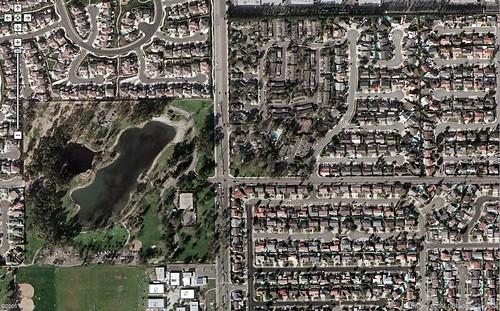


With NeRF, we can accurately recreate the full context of a place including its lighting, the texture of materials and what’s in the background.

To create these true-to-life scenes, we use neural radiance fields (NeRF), an advanced AI technique, transforms ordinary pictures into 3D representations. If you’re hungry, glide down to the street level to explore nearby restaurants - and even take a look inside to quickly understand the vibe of a spot before you book your reservation. You can also spot where it tends to be most crowded so you can have all the information you need to decide where and when to go. With the time slider, you can see what the area looks like at different times of day and what the weather will be like. You can virtually soar over the building and see where things like the entrances are. Say you’re planning a visit to the Rijksmuseum in Amsterdam. And it layers helpful information on top like the weather, traffic, and how busy a place is. Using advances in AI and computer vision, immersive view fuses billions of Street View and aerial images to create a rich, digital model of the world. Immersive view is an entirely new way to explore a place - letting you feel like you’re right there, even before you visit. Today we’re demonstrating how AI is bringing this vision to life, with updates for immersive view and Live View, along with new features for electric vehicle (EV) drivers and people who walk, bike or ride public transit. Last year, we shared our vision for the future of Google Maps - an immersive, intuitive map that reimagines how you explore and navigate, while helping you make more sustainable choices.


 0 kommentar(er)
0 kommentar(er)
